Tempura isn’t just a deep-fried dish — it’s a symbol of how Japan turns even simple food into refined art. That delicate crisp, the seasonal ingredients, the balance of lightness and umami — it’s something travelers remember long after their trip.
As someone who’s lived in Japan for 33 years, I grew up with tempura on the dinner table. I still remember having a full tempura set (天ぷら膳) as a child. It looked amazing, but the portion was a bit much for a 10-year-old — I felt queasy after finishing it. Since then, I’ve learned that tempura varies a lot depending on how it’s served. If you’re after that addictive crispiness, go for freshly fried tempura, not ones soaked in sauce like some tendon bowls.
Today, I often sneak off to a local shop near my home during lunchtime. It’s affordable, satisfying, and hits that perfect balance of crisp and comfort.
What Is Tempura?
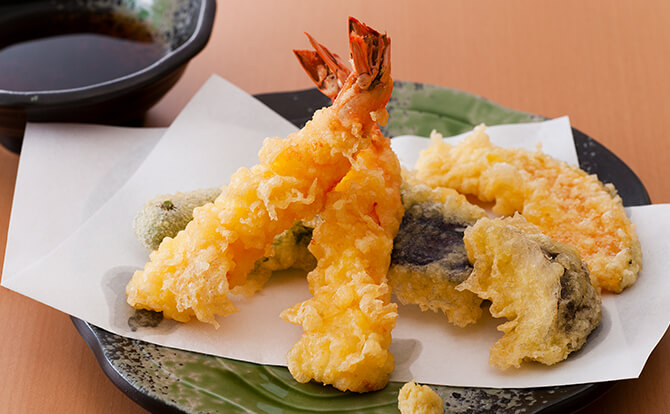
Tempura refers to ingredients (usually seafood and vegetables) that are lightly battered and deep-fried in oil.
The result is a crispy, golden exterior that doesn’t overpower the main ingredient — whether it’s a sweet shrimp or seasonal mountain vegetable.
Originating from Portuguese missionaries in the 16th century, tempura evolved into a uniquely Japanese creation. It’s now a beloved staple, from street-side eateries to high-end tempura specialty restaurants.
Insider Tips for First-Time Tempura Fans
- Lunch omakase sets at upscale restaurants can cost half the price of dinner.
- Avoid sauce-heavy tendon bowls if you’re chasing the crunch.
- Kakiage is a perfect intro to tempura for those who love crispy edges.
- Salt > Sauce? At high-end places, many locals skip tentsuyu sauce and enjoy with flavored salts.
Other Crispy Japanese Dishes Worth Trying
If you love tempura, Japan has a whole lineup of other crispy delights
| Dish | Description |
|---|---|
| Tonkatsu | Deep-fried pork cutlet — golden, juicy, and crunchy. Usually served with shredded cabbage and miso soup. |
| Karaage | Bite-sized marinated chicken, coated in potato starch and fried. Garlic-soy flavor bomb. |
| Menchi Katsu | A minced meat patty (beef/pork mix), breaded and fried — like a Japanese croquette with meat. |
| Ebi Fry | Breaded fried shrimp (not tempura-style) — thicker, crispier, and often paired with tartar sauce. |
| Kakiage | A type of tempura made with mixed chopped vegetables and seafood — ideal for crisp lovers. Often served over soba or rice. |
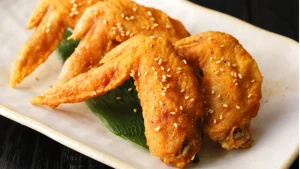
A Personal Tempura Memory

I still remember eating a full “tempura zen” (a full set meal with assorted tempura) when I was about 10 years old. It looked beautiful — golden shrimp, kabocha, and eggplant — all lined up like a painting. But to be honest, that first time was a bit much. The volume was heavy, and the sweet soy-based sauce that covered the tempura made it a bit too rich for me as a child. I didn’t throw up or anything, but I felt a little queasy afterward.
That said, it taught me an important tip I now share with visitors: some tempura meals, especially tendon (tempura over rice with sauce), can be quite heavy and soft due to the sauce. If you’re looking for that crispy texture — the true “crunch” — you should look for places that serve tempura fresh and dry, without sauce poured over the top.
Where to Eat Great Tempura in Tokyo
Here are five places — from high-end to hidden gems — where you can enjoy tempura without the long lines.
| Restaurant Name | Area | Price Range | Description | Address |
|---|---|---|---|---|
| Tempura Kondo | Ginza | ¥10,000–¥20,000 | Michelin-starred. Known for elevating vegetables to near-art. Reserve in advance. | 5-5-13 Ginza, Chuo City, Tokyo |
| Tsunahachi Main Shop | Shinjuku | ¥2,000–¥4,000 | A well-known chain with consistent quality. English menu available. Lunch deals. | 3-31-8 Shinjuku, Shinjuku-ku, Tokyo |
| Tempura Shinjuku Tenyasu | Shinjuku 3-chome | ¥1,200–¥2,000 | A small, family-run place. Great for a casual and non-touristy lunch. | 3-6-12 Shinjuku, Shinjuku-ku, Tokyo |
| Tempura Tendon Tenya | Multiple Locations | ¥500–¥1,000 | Budget chain with fast, crisp tendon bowls. Great for travelers in a rush. | (Check local branch: e.g., near Tokyo Station) |
| Tempura Fukamachi | Kyobashi | ¥10,000+ | Hidden Michelin gem with just a few seats. Excellent omakase lunch. | 2-5-2 Kyobashi, Chuo City, Tokyo |
What Can You Tempura?
Tempura isn’t limited to just shrimp and veggies — in Japan, almost anything edible has been tempura’d at some point.
From seasonal fish to experimental sweets, the possibilities are endless. Here’s a look at both the classics and the curious.
Seafood
- Ebi (Shrimp) – The superstar of tempura. Sweet, juicy, and crisp.
- Kisu (Whiting) – A delicate white fish, popular in summer.
- Anago (Sea eel) – Soft and savory, a favorite among connoisseurs.
Vegetables
- Kabocha (Pumpkin) – Sweet and creamy inside.
- Nasu (Eggplant) – Silky and juicy.
- Shiso (Perilla leaf) – Light and herbal.
- Kakiage (Mixed fritter) – A must-try! Crispy, lightly sweet, and often without sauce — perfect if you love that crunchy bite.
Surprising & Experimental
- Ice cream tempura – A scoop of ice cream wrapped in cake or mochi, flash-fried for a hot-cold contrast.
- Tempura mochi – Crispy outside, gooey inside. A popular snack in Kyoto.
- Seaweed sheets (Nori) – Light, salty crunch, often used in fusion-style tempura rolls.
- Cheese tempura – Melty and indulgent, often found in izakayas.
- Fruits (apple, banana) – Sometimes served as dessert tempura in creative restaurants.
🌍 Tempura Is Loved Around the World
Interestingly, my cousin’s family in Vancouver eats tempura quite often too. It’s one of those Japanese dishes that’s easy for foreigners to love — because it’s fried, delicious, and approachable. Whether it’s shrimp tempura rolls or tempura soba, people from many cultures seem to instantly connect with it.
📝 Final Thoughts
Japan’s love for crispy food goes far beyond tonkatsu and tempura. From karaage to kakiage, every bite reflects Japan’s obsession with texture, detail, and seasonal ingredients. Whether you’re splurging at a Michelin counter or grabbing tendon at a station-side chain, there’s a crispy delight waiting for you.
If you’re like me — someone who once found tempura a bit too rich as a kid, but grew to appreciate it with age — you’ll find the right style that suits you. And don’t forget: crispy food in Japan isn’t fast food — it’s craft.





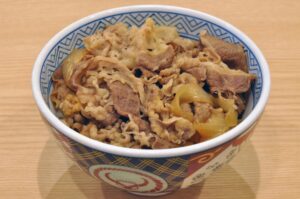
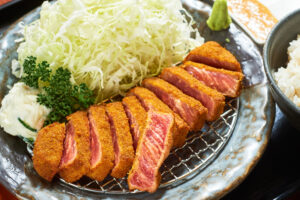
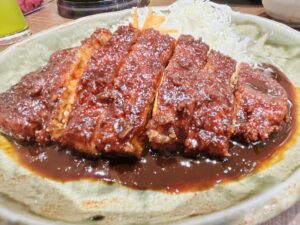

Comments